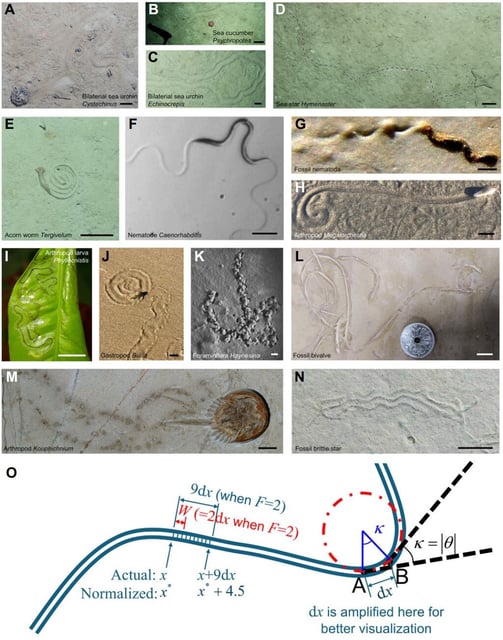Overview
- The study published in Geology reexamines Ediacaran–Cambrian trace fossils to propose the onset of the Cambrian explosion at about 545 million years ago instead of 530 million years ago.
- Researchers Olmo Miguez Salas and Zekun Wang applied linear scaling laws to trace trajectories to infer early animal body architectures and movement patterns.
- Evidence of coelomic hydrostatic bodies, defined anterior–posterior axes, muscular segmentation and slender profiles suggests complex anatomy in pre-Cambrian fauna.
- Reconstructed locomotion traces demonstrate directional movement and sensory capabilities that allowed early animals to forage and navigate microbial mat environments.
- The novel quantitative methodology offers a framework for studying anatomical and behavioral evolution during other pivotal transitions in Earth’s history.

